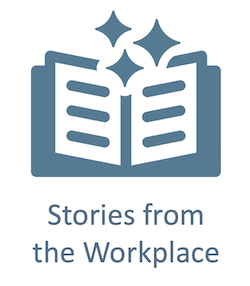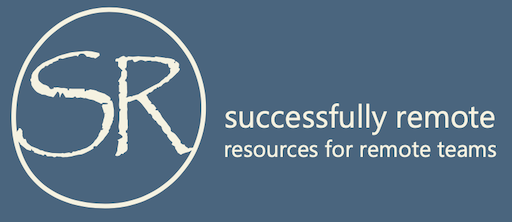Working Remotely with Consultants

Story from the Workplace (note that organizational names are changed to protect privacy) by Sharon Turner, Web Accessibility Analyst, CPACC
Recently, my remote team completed a project during which we brought accessibility consultants on board. While the project would ultimately be considered successful, the time spent correcting miscommunication challenges detracted from the full value proposition. In this post, I share suggestions for remote teams working with remote consultant support.
Due to miscommunication and challenges in a virtual team, the bulk of the work took place in the last three weeks of the subcontract. Losing this time could have been avoided if we had had a plan in place for a successful virtual team.
To understand the challenges for supplementing our remote team with consultant support is to understand that this process creates a new team. Our original team works for a U.S. federal government contractor (I’ll refer to our original team as the USFGC). We had expectations for collaboration and project focus, but the accessibility consultants who joined us for the project described challenges navigating those expectations because they weren’t explicitly communicated.
Granting tech access to the consultants took about a month, and during this time, the team communicated largely by email and use of asynchronous reading of existing documentation. None of these expectations or processes were explicitly outlined for the team, other than a passing mention to use Teams in a single kickoff meeting. Here are just a few of the other problematic patterns we experienced.
| Pattern | Challenge |
Information Sharing | All team members struggled for the best methods to share information. Consultants had the expectation they would be embedded with a project team. The USFGC team had the expectation that information would be shared ad hoc via Teams and reports. |
| Trust and Credibility | An assumption was made based on company reputation that the consultants would have the expertise required for the engagement but no background was provided on team members. |
| Lack of Response | Variations in lack of response are well known on the USFGC team, which has developed strategies for using multiple methods to gather responses. These strategies were not explicitly shared with the consultants who found the lack of response from project managers a critical roadblock to success. |
| Technology | Largely due to the slowness of gaining network access, the shared technology platform already established could not be easily adapted from the start of the contract. Alternate methods were not defined from the start and had to be improvised. |
| Directness | USFGC team members have an implicit understanding of the management structure both for contractors and our employees, but this knowledge was not explicitly shared or documented. Consultants were unsure who they could contact directly, apart from known team members, and when it would be appropriate. |
| Delivering Criticism | When USFGC team members had issues with consultants, the method for expressing criticism was unclear. Likewise, when consultants were frustrated by other patterns. |
Overall, we had a purpose (but it wasn’t clear), had supportive team members, didn’t communicate the purpose until too far into the engagement, and never outlined team communication norms. We needed to explicitly communicate our communication expectations.
As part of process maturity, we should lay a foundation for success with metacommunication, that is, communicating about communication (Brewer, 2015).
| Metacommunication Step | Accessibility Virtual Team Plan |
| Begin metacommunication before work starts | Develop metacommunication job aids, distribute at a kickoff meeting and in shared team area, and schedule a working session to complete with team. |
| Use a list of topics for metacommunication training | Capture discussion for etiquette, criticism, work schedules, technology, feedback, out of office, lack of response, and kudos. Capture additional topics during working session for plan amendment or future adoption. |
| Affirm the value of metacommunication | Discuss context of why metacommunication plan was developed and how leadership values and supports process maturity. |
| Establish a safe place for metacommunication | While USFGC team members are unlikely to feel unsafe discussing metacommunication, consultants should be empowered to feel safe as well. Metacommunication planning would initiate with a synchronous working session and continue via an invitation only Teams channel. This method would be available only to team members. |
| Allow adequate time | Depending on the length of vendor engagement, at least one working session should be devoted to metacommunication. This would be applicable to subcontracts longer than one month. |
| Establish a team norming guide | Because acronyms and jargon vary between organizations, clear definitions of time expectations (“close of business” versus “soon,” etc.) should be created, along with a shared glossary for agency terms. |
| Revisit norms | Depending on the length of vendor engagement, follow-up working sessions should revisit the metacommunication plan. This would be applicable to long-term subcontracts, a year or longer. |

Leave a Reply